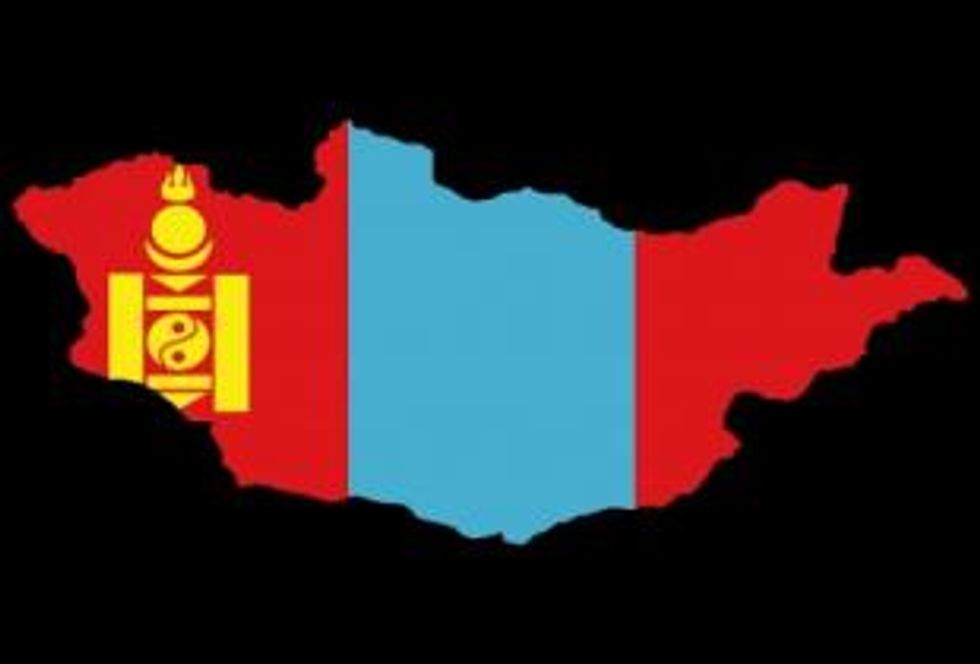Not only does Mongolia host an impressive coal reserve, the land-locked country shares a border with China, the world’s largest coal consumer, as well as resource-hungry Russia.
By Leia Michele Toovey—Exclusive to Coal Investing News
Mongolia is a land-locked country in east-central Asia. It is a nation with rich resources, including – copper, gold, iron ore, molybdenum, oil, phosphates, tin, uranium, tungsten– and coal. Its ample mineral wealth has earned it the nickname of “Saudi Arabia of Central Asia.”Mining companies were first attracted to the area to extract copper, molybdenum and gold. Now, the focus has shifted to coal. Not only does Mongolia host an impressive coal reserve, the land-locked country shares a border with China, the world’s largest coal consumer, as well as resource-hungry Russia.
The Tavan Tolgio is the country’s largest coal mine, containing an estimated 6.5 billion metric tonnes of coal. It is, however, not the nation’s only coal mine. In fact, there are dozens of coal mines in Mongolia with a combined estimated potential coal reserves of some 100 billion metric tonnes. Most of these reserves are proven but have not been developed due to a lack of infrastructure.
About a quarter of the coal at Tavan Tolgio is high-grade coking coal, a key ingredient for steel production. The rest is thermal coal. The coal reserves are massive, and located in close proximity to the surface, which makes them easy to mine. To put the size of the reserve in perspective, at the current rate of production, Mongolia could still be mining coal from Tavan Tolgio in 10,000 years.
Mongolia is an underdeveloped country, with hectares of unpopulated land. In order to fully develop its mining industry, the country’s government thought it would have to seek the financial support of a major mining company. The Mongolian government began accepting bids from mining companies seeking to buy an exploitation license for Tavan Tolgoi Most of the big mining conglomerates expressed their interest, including US firm Peabody Energy (NYSE:BTU), Anglo-Swiss miner Xstrata (LON:XTA) and Brazil’s Vale (NYSE:VALE), among others. The government, however, quickly changed their mind and decided to retain 100 percent ownership. Experts say Mongolia could earn between $400 million and $600 million in revenue from coal in just a few years, a figure that does not account for new production at Tavan Tolgoi.
Mongolia’s close proximity to China, which obtains approximately 70 percent of its energy needs from coal, will undoubtedly help the nation reach its coal sales targets. This year, 39 percent of China’s coal imports are expected to come from Mongolia, up from just 11 percent in 2009. At the current rate of growth, coal imports to China could reach 30 to 50 million tonnes by 2015. While China has historically obtained most of its coal from Australia, with Mongolia right next door, it makes sense for China to decrease imports of Aussie coal, and instead turn to their neighbor. In fact, this is exactly what has happened. In 2010, it is estimated that 47 percent of China’s coal imports would come from Australia, down from 66 percent in 2009.
The Mongolian government knows that it can rely on China’s purchases; however, they are working to ensure they don’t put all of their eggs in one basket. The government has laid out a controversial plan to build a new railway from the Gobi Desert to Russia, linking to the Trans-Siberian railway in order to ship Mongolian coal to key Pacific markets such as South Korea and Japan. “After building out the rail to Russia, we will focus on rail to China,” said Batkhuyag Dorjpurev, the head of the Mongolian Resources Authority. It does make more sense to look at building a railway to China; however, the government does not want to be completely reliant on one country.
The Tavan-Tolgoi coal deposit takes up approximately 90 square kilometers of land. The deposit is located in the Ulannuur coal-bearing depression. The deposit occurs in a large synclinal structure modified by faults and superimposed folding. The late Permian coal-bearing sequence is up to 965 meters thick in the central part of the syncline, and occurs within units of intercalated sandstone, siltstone, and conglomerates. Overall, the coal-bearing sequence includes 16 coal seams ranging in thickness from 2 meters to 72 meters. The aggregate thickness of coal beds in the central part of the structure is 163 meters, occurring at a maximum depth of 945 meters.
Although the Tavan-Tolgoi is one of the most impressive coal deposits in the world, Mongolia has even more to offer. There are dozens of other coal deposits in the region including the Baga-Nuur deposit, which is located 110 km east of Ulaanbaatar, the Aduun Chuluu, the Nalayh, and the Sharin Gol.
Coal Miners in Mongolia
SouthGobi Resources (TSXV: SGQ)
SouthGobi Resources is a coal production and development company, focused on coal assets located in close proximity to China. The company is primarily focused on the exploration and development of its Permian-age metallurgical and thermal coal deposits in Mongolia’s South Gobi Region. The company’s flagship mine is the Ovoot Tolgoi, located in southern Mongolia, approximately 40 kilometers north of the Mongolia/China border. SouthGobi owns three significant coal projects in Mongolia: a producing mine, the Ovoot Tolgoi Mine; and two development projects, the Soumber Deposit and the Ovoot Tolgoi Underground Deposit. SouthGobi also works with Ivanhoe Mines (TSX: IVN).
Prophecy Resource Corp. (TSXV: PCY)
Prophecy Resource Corp is an internationally diversified company engaged in developing energy, nickel and platinum group metals projects. The company controls over 1.4 billion tons of open-pittable thermal coal in Mongolia (839 Mt Measured, 579 Mt Indicated).
